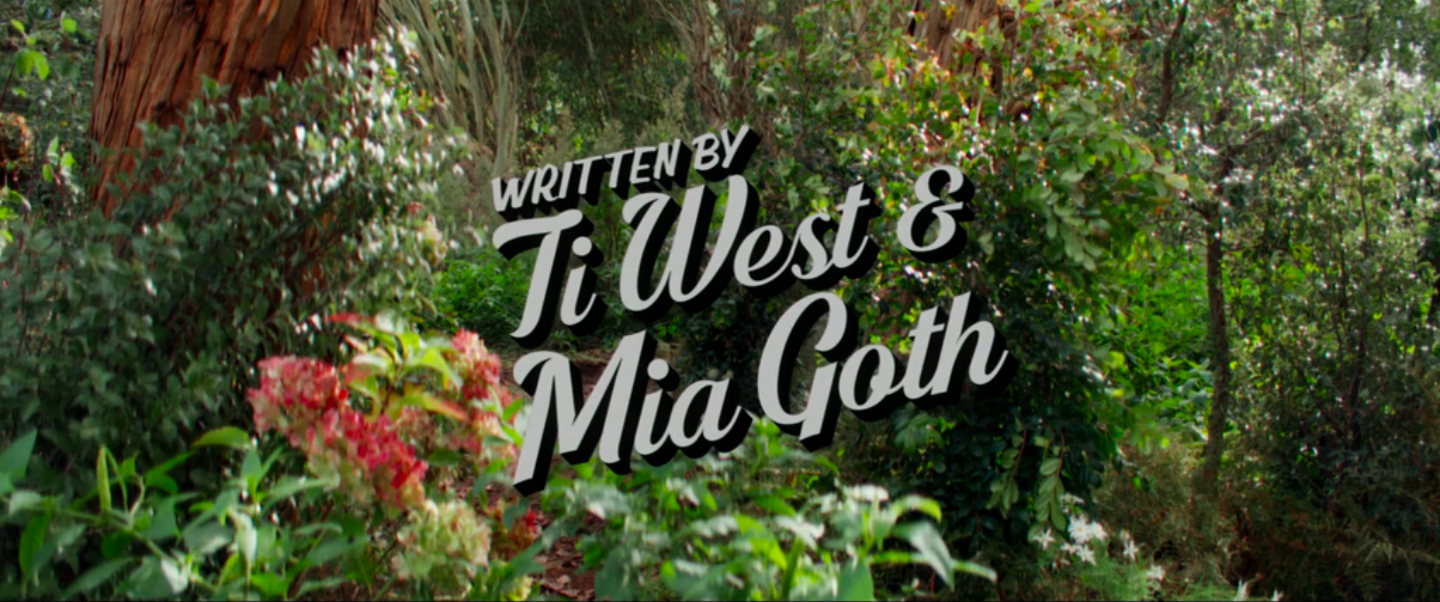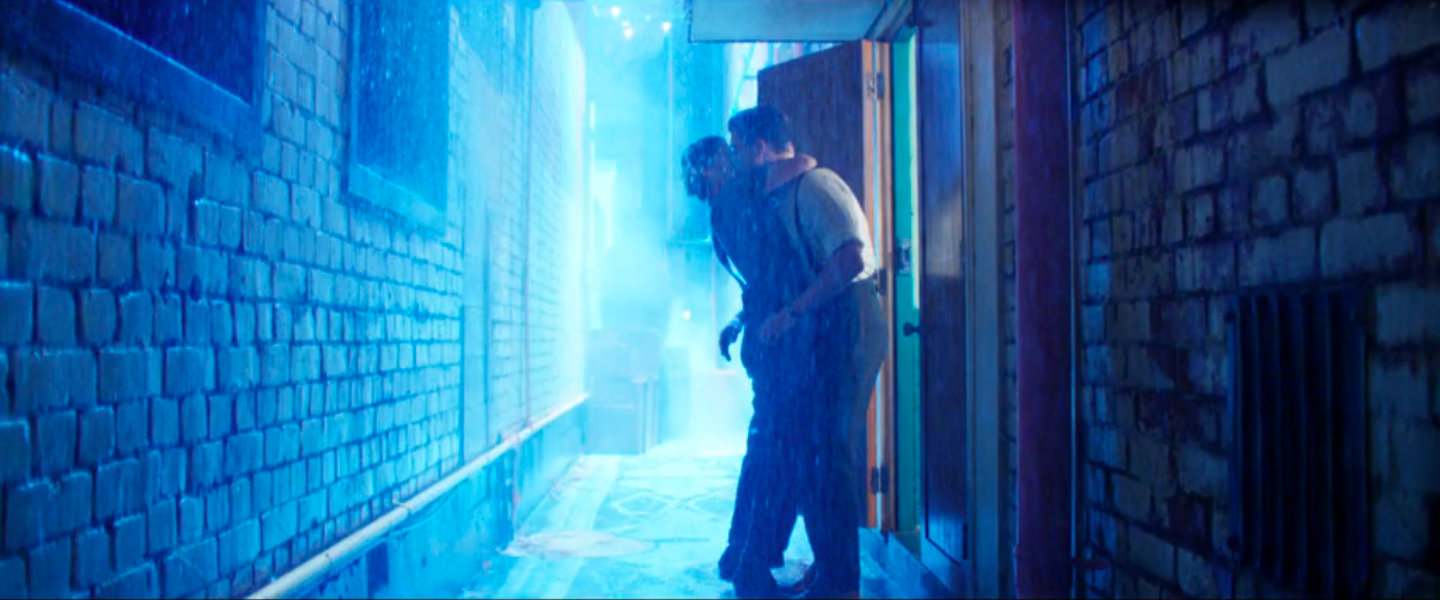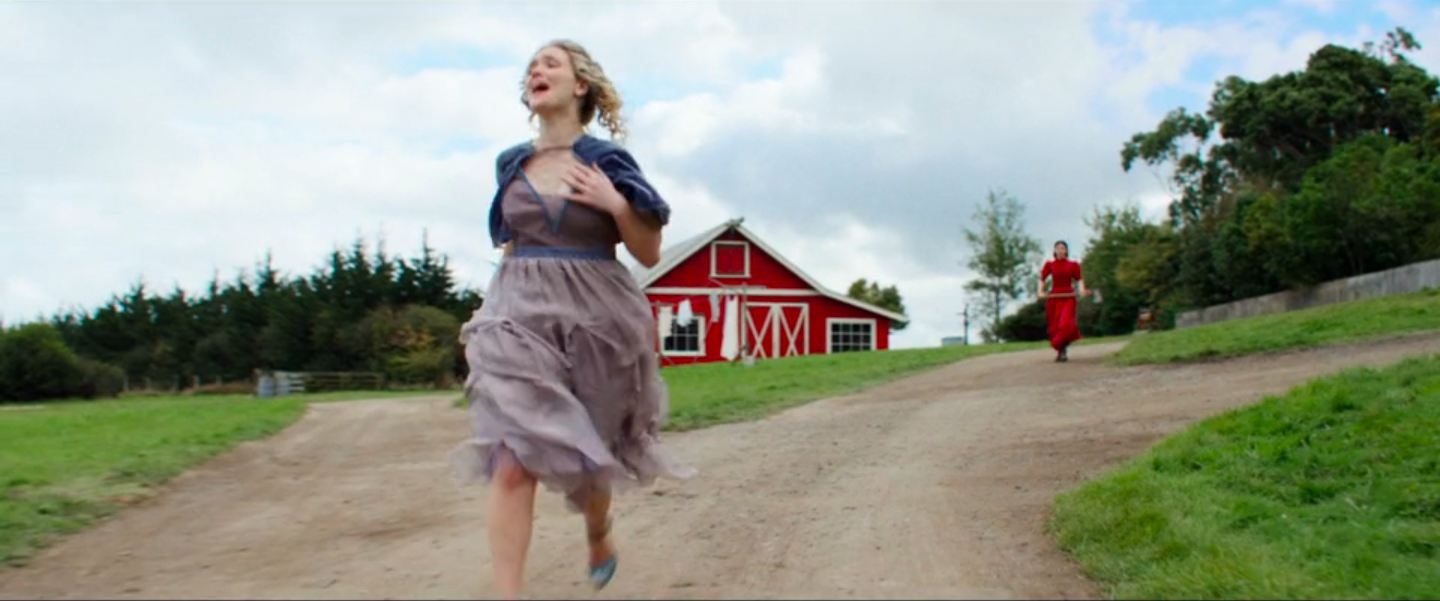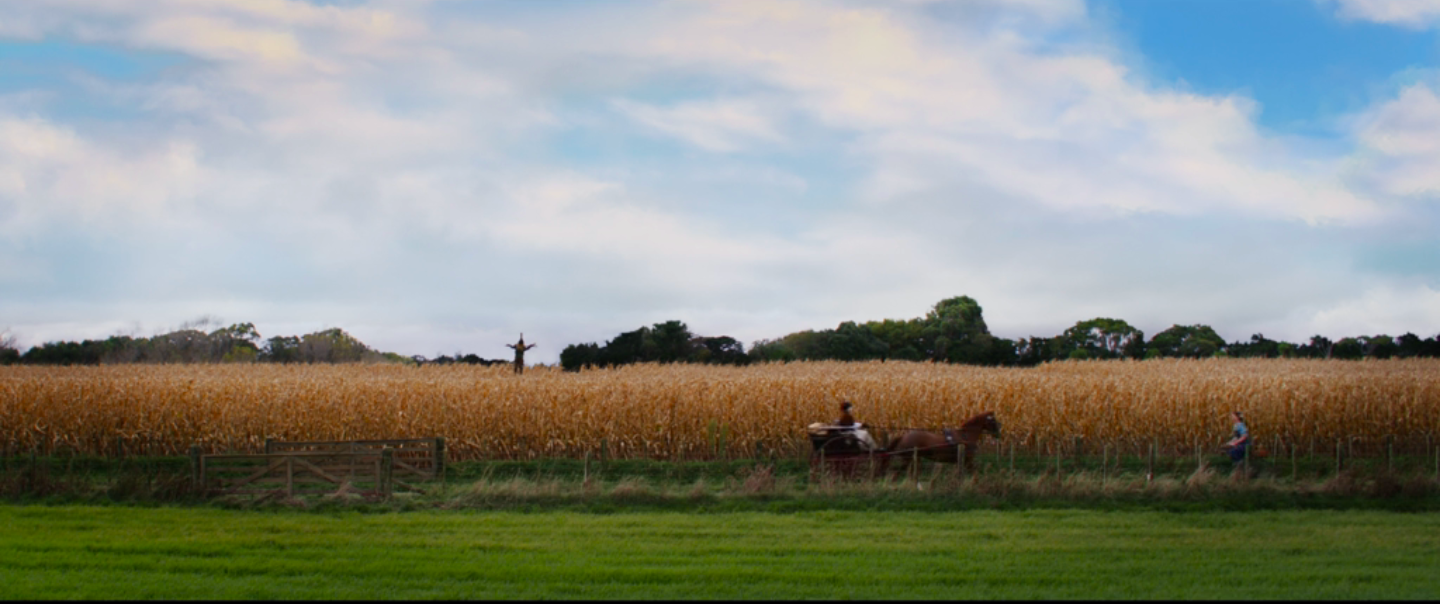Pearl and the Tone of Genre
The release of the irresistible MaXXXine trailer a few weeks ago prompted me to catch up on Ti West's X series by watching Pearl, the second part of the trilogy, a film I had been meaning to see since its 2022 release. I'm glad I did, and it got me thinking about genre and about the tones we expect to encounter in horror movies.
Spoilers ahead.
Content warning: murder/mayhem.
Debates about genre classification can be some of the most tiresome conversations in film culture—but not always. For all the blowhards with their own personal, perfected classification taxonomies, there are also the film watchers debating genre—not to insist on know-it-all mastery—but as a way of understanding the cinematic experience. If we’re debating whether a film is properly labeled “horror,” we can imagine an argument organized around plot elements: The film in question, say, has a vampire and a decayed mansion—it’s horror. We can imagine a reasonable counter organized around feeling: This movie was sexy, light-hearted fun—not horror. Both arguments are getting at something real, though the capaciousness of genre usually makes it more satisfying to be inclusive (“Yes it’s horror, and comedy, and softcore. . .”) rather than insisting on hard genre boundaries.
When it comes to feeling in horror, conversation often circles around a single, reductive question: Is it scary? There’s nothing wrong with the question but scariness is just one of many feelings important to the genre. Horror has its own emotional world—a world tied to a constellation of familiar tonal grooves. Recent years have given us a lot of the grim, serious tone we find in so much prestige horror (Hereditary and its siblings). We’ve had the comic excess of Malignant or M3GAN and the winking wit of Spontaneous or Freaky. This is one thing genre does—provide a familiar space for an audience to settle into. It’s a familiarity that filmmakers can also play with, wielding tone and genre expectations to make something new—something stranger for its familiar building blocks.

It’s a project taken up by Ti West and Mia Goth in their 2022 horror prequel Pearl, a film fascinated by the possibilities of tone and by the way tone and genre interact. In Pearl, Goth’s titular heroine obsesses over stardom, movies, dancing, and—above all else—escape from her confined farm life. Because she’s not at all well, she murders several people in her struggle to be free. It’s a descent into mayhem not unfamiliar in horror, but its look and feel are all wrong. The standout thing is the color—bright, saturated, recalling Technicolor. The score is orchestral. West gives us big, picturesque views; iris wipes; and slanted, shadowed titles. These are not elements that evoke horror.

The style cues are easy to place broadly but a little difficult to pin down. West draws maybe more on our collective memory of classical Hollywood than on any particular film or cycle. West has mentioned Douglas Sirk melodramas and Mary Poppins as references, films from different decades. (Pearl herself, in 1918, is watching her own distinct era of filmmaking (the silent era, in black and white).) When West says he’s doing “old Hollywood,” it’s about as specific as he’s getting. Where his first film in this series, X, is thinking about underground filmmaking outside Hollywood (Texas Chainsaw, pornography), Pearl is broadly channeling the old Hollywood mainstream—movies your parents or grandparents had on VHS. It's a brew of nostalgia and memory West grabs ahold of right at its stylistic heart—orchestral score and gorgeous, vivid color. “Romantic old Hollywood” is a label that about captures it.
The effect is not to recreate the old Hollywood experience but to conjure it where it doesn’t belong. In the middle of the film, Pearl gives in to simmering romantic tension, rushes to the town film theater to find the projectionist, and they kiss, music swelling, an iris out as he pulls her into the theater. Pure romance. What’s dissonant, though, is what this romantic height comes immediately after: Pearl has set her mother on fire, doused her with boiling water, and moved her to the basement. After that comes the romance. In another memorable visual, the sunlit farm—green grass, blue sky, bright red barn—is the stage for a scene where the action description could come straight out of a 70s slasher: Pearl chasing down her sister-in-law with an axe. It’s slasher mayhem in romantic old Hollywood.


The dissonance sounds an unusual, disturbing tone that’s all horror. The lacing of romantic old Hollywood style with gore, madness, and a descent into violence produces a faintly sickening feeling. Genre incongruity operates like a kind of disease. Pearl doesn’t match the technicolor(ish) world she’s living in, and it isn’t really pleasant to witness the incongruity—though it does offer a visceral, unsettling experience appropriately tuned for a horror story of violent madness.
The unpleasantness of the tone is half-ameliorated by a second tone: humor. The strength of the style against the over-the-top wildness of the character is often quite funny. There’s the dramatic irony of knowing Pearl’s truth in a world that doesn't expect it. And there’s the uncomfortable humor of watching her unhinged, violent progress—not in the shadows—but in the warm brightness of a film your family might gather around at the holidays, a Disney favorite on video.

The experience isn’t one of total dissonance though, or of a simple clash between visual style and plot elements. Pearl isn’t not a melodrama. It’s about a young woman with a constrained life and a yearning for something more. It’s about a young woman who’s husband is fighting in WWI who finds herself attracted to a handsome man in town. The big romantic moment described above, though it feels strange after the violent scene we just witnessed, is itself perfectly in tune with the color and the score. The overlay of romantic old Hollywood style on horror makes us uncomfortable for its dissonance, but also for its suitability. We see Pearl the murderer, but also the constrained young woman with big feelings and conflicted desires.

Another way of saying this is that Pearl’s romantic old Hollywood style might be deliberately dissonant but it’s also sincere. It’s a dynamic that parallels the place of cinema in the film: as a site of fantasy and delusion but also as a space of freedom, especially for constrained, burdened people. Pearl layers meaning by way of a distinctive union of tone and genre. It offers an unstable, uncertain emotional register—finding its depth in the instability.
Horror Writing Elsewhere
Sometimes you come upon a description of a film, like David Hudson's short write-up at Criterion of Paul Vecchiali’s The Strangler, that makes you absolutely determined to see it, and to wonder also why it's been entirely off your radar until now. Well it's on my list. Hopefully I'll watch it more promptly than I did Pearl.
Dead of Night has no publication schedule. Sign up to receive new essays about horror cinema in your email inbox.